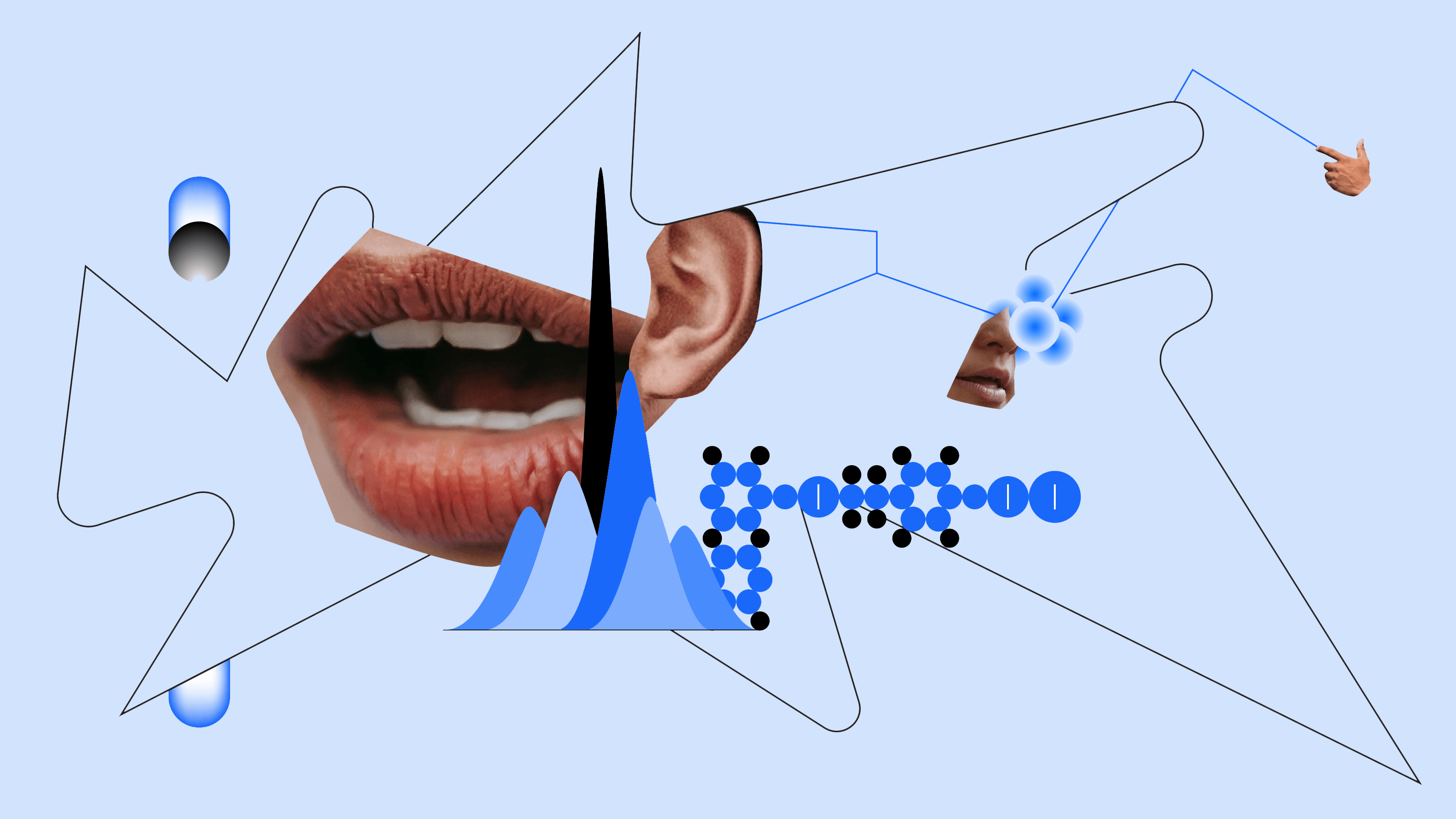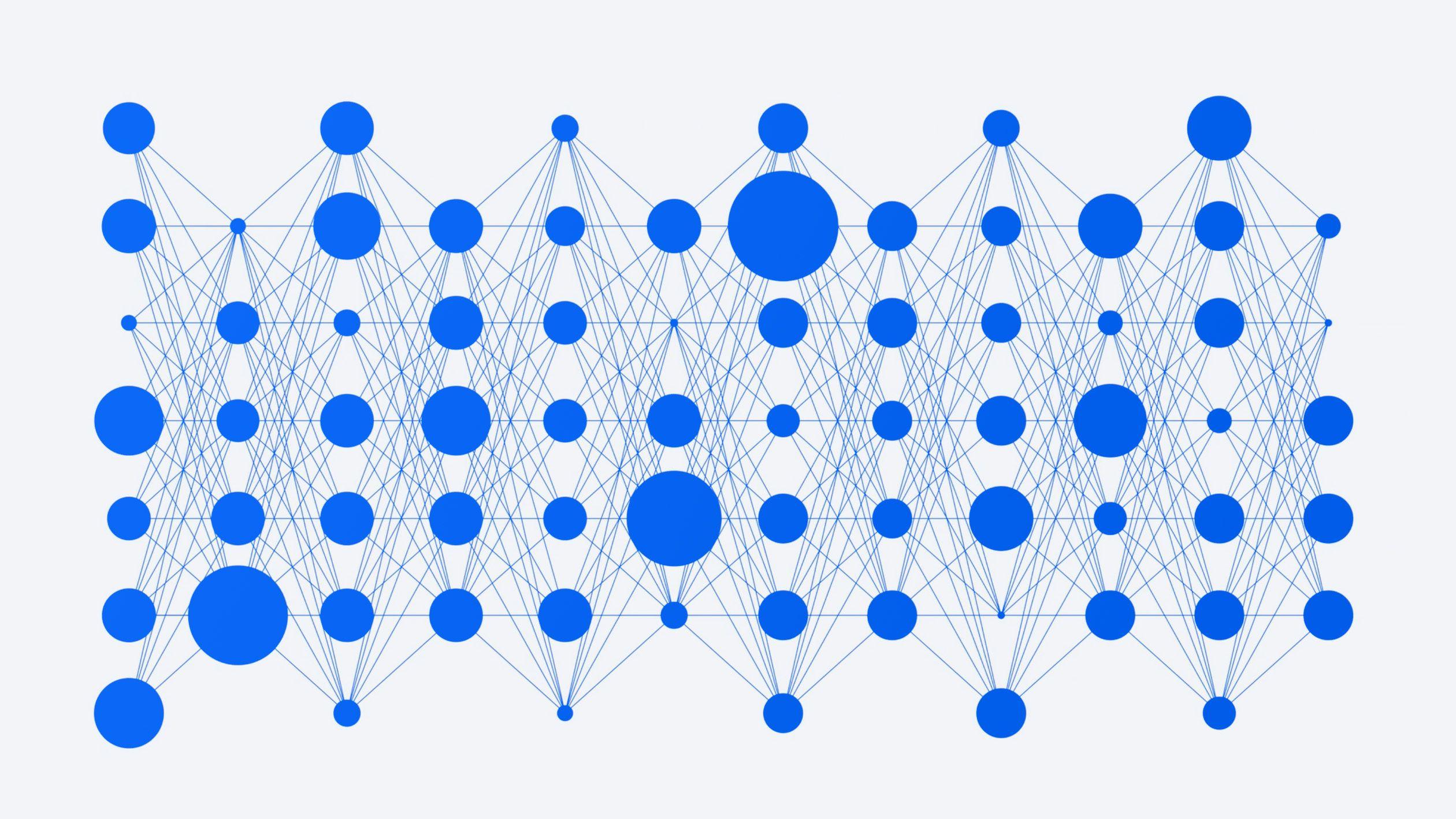Labs
Popular topics
AI for IT Infrastructure
AI to improve infrastructure efficiency and user productivity, and to extract valuable insights from business data.
Adversarial Robustness Toolbox
Securing AI models with the Adversarial Robustness Toolbox
Dromedary
Training language models to better follow user intentions and make them more truthful
Generative AI for Sports and Entertainment
Using large language models to support some of the world’s most prestigious sports and entertainment events
Synderella
A synthetic data generation service that enables secure and responsible analysis of privacy-sensitive data
Digital Labor for Enterprise Automation
Building a unified Digital Labor platform with conversation, orchestration, and training capabilities.
Snap machine learning
A library that provides high-speed training of popular machine learning models on modern CPU/GPU computing systems.
Neuromorphic Devices & Systems
Developing technologies for computing tomorrow’s AI.












